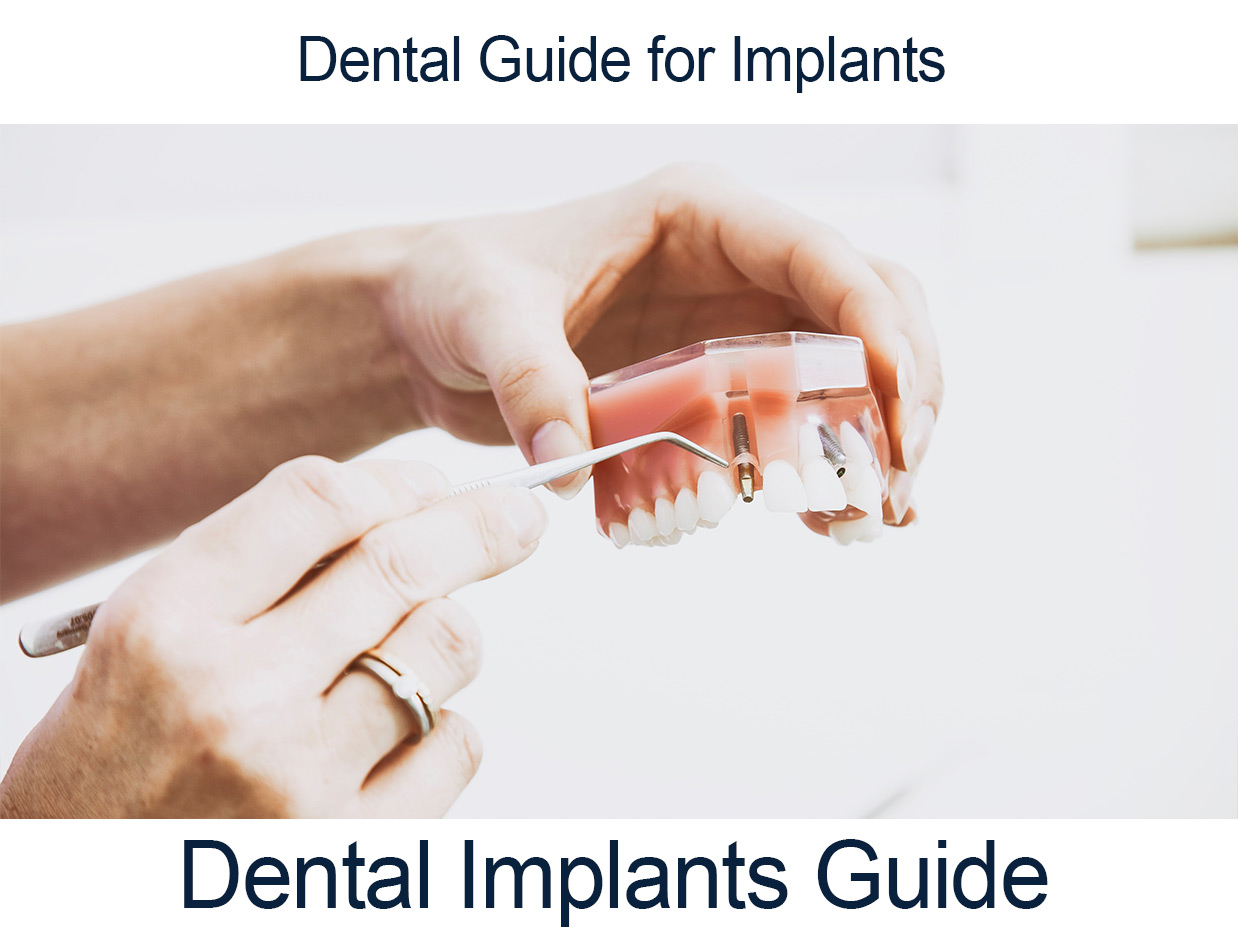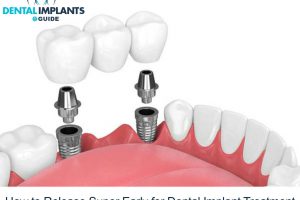Dental guide for implants
Dental guide for implants
Dental implants are titanium roots that are surgically inserted under your gums into your jawbone. They have a stable basis for a crown to be put on the implant until they are in place.
High Quality Dental Implants Affordable Prices FREE Consultation

What Are Dental Implants?
Dental implants are titanium roots that are surgically inserted under your gums into your jawbone. They have a stable basis for a crown to be put on the implant until they are in place.
The replacement teeth will be custom-made to complement your natural teeth, giving your dental implants the illusion of being your natural teeth. No one will be able to tell the difference. Dental implants, on the other hand, aren’t for everybody. To learn more, visit the best Dental Implants Guide today!

Restoring your smile through dental implants
Dental implants are an ideal choice if you need to repair lost or broken teeth. They’re the most natural-looking restoration alternative because, unlike dentures, you don’t have to take them out to clean them, and you can eat anything you want. Dental implants are brushed and chewed with the same care as natural teeth, and to the untrained eye, they tend to be the teeth you were born with. That is why, in addition to natural teeth, dental implants are the safest choice in dentistry.
If you’ve been self-conscious because of lost or broken teeth, dental implants are the ideal solution for restoring your faith.
What Makes a Person a Good Candidate for Dental Implants?
The good news is that almost all will benefit from dental implants. There are, however, a few qualities that a successful candidate should have.
Cost of Your Dental Implants
| Starts from | $3,000 to $6,500 per tooth |
| Implants that needs “bone graft or sinus lift” starts from |
$5,563 per tooth |
The amount of work required will determine the price of your dental implant. However, they are not cheap, and it is best to discuss the expense with your dentist and get an accurate estimate. Your dental implant will be covered in part by your health insurance.
(Discuss your dental situation with us)
How Successful Are Dental Implants?
Dental implant success rates differ based on where the implants are put in the mouth, but in general, dental implants have a success rate of up to 98 per cent. Implants will last a lifetime if properly cared for.
Types of Dental Implants
Dental implants and the components used to make the restorations on top are caused by more than 60 firms. As a result, dentists have a wide range of choices for determining the best care for individual patients. However, whether you have an implant operation performed by one dentist and then see another dentist for a replacement, the current dentist can have no familiarity with or access to the material materials used by the previous dentist.
Dental implants are commonly classified as two-stage or single-stage, depending on the technique used to insert them.
- Two-Stage Implants
A two-stage implant operation entails surgery to insert the implant in the jaw bone and sew the gum tissue together. Minor surgery is done several months after recovery to attach an abutment and temporary reconstruction.
- Endosteal (Endosseous) Implants
Endosteal is the most common kind of two-stage implant. They are placed in the jaw bone. Endosteal implants are screw types (threaded), cylinder types (smooth), or bladed types that are used as an alternative to a bridge or removable denture.
- Single-Stage Dental Implants
In a single-stage operation, a longer implant is surgically placed in the jaw such that it is on the jaw bone, with the top level of the gum tissue, and then the gum tissue is closed (stitched), revealing the implant healing cover. As a result, the abutment and temporary reconstruction can be attached after several months of recovery without the need for minimal surgery to expose the scalp.
- Subperiosteal Implants
Subperiosteal implants are rarely, if ever, used nowadays. They are placed on the jaw bone inside the gum tissue, with the metal implant post exposed to hold the reconstruction. In patients with inadequate bone height, subperiosteal was mainly used to keep dentures in place.
Dental implants have several advantages over other dental options such as bridges and dentures, the most important of which is that they are the most natural-looking option available. You will maintain the stability of the replacement teeth to avoid the discomfort and irritation that comes with wearing a bridge or denture.
Will I Need a Dental Implant to Replace Each Tooth?
No, it’s not true. A single dental implant may support a single tooth. A bridge or partial denture can be supported by two implants, while four or six implants can support a complete upper or lower denture.
Article References
Murat C. Çehreli, A.Can Çaliş, Saime Şahin, A dual-purpose guide for optimum placement of dental implants, The Journal of Prosthetic Dentistry, Volume 88, Issue 6, 2002, Pages 640-643, ISSN 0022-3913, https://doi.org/10.1067/mpr.2002.130145.
Eli E Machtei, Orit Oettinger-Barak, Jacob Horwitz; Axial Relationship Between Dental Implants and Teeth/Implants: A Radiographic Study. J Oral Implantol 1 August 2014; 40 (4): 425–431. doi: https://doi.org/10.1563/AAID-JOI-D-12-00052
el Askary AS, Meffert RM, Griffin T. Why do dental implants fail? Part I. Implant Dentistry. 1999 ;8(2):173-185.









